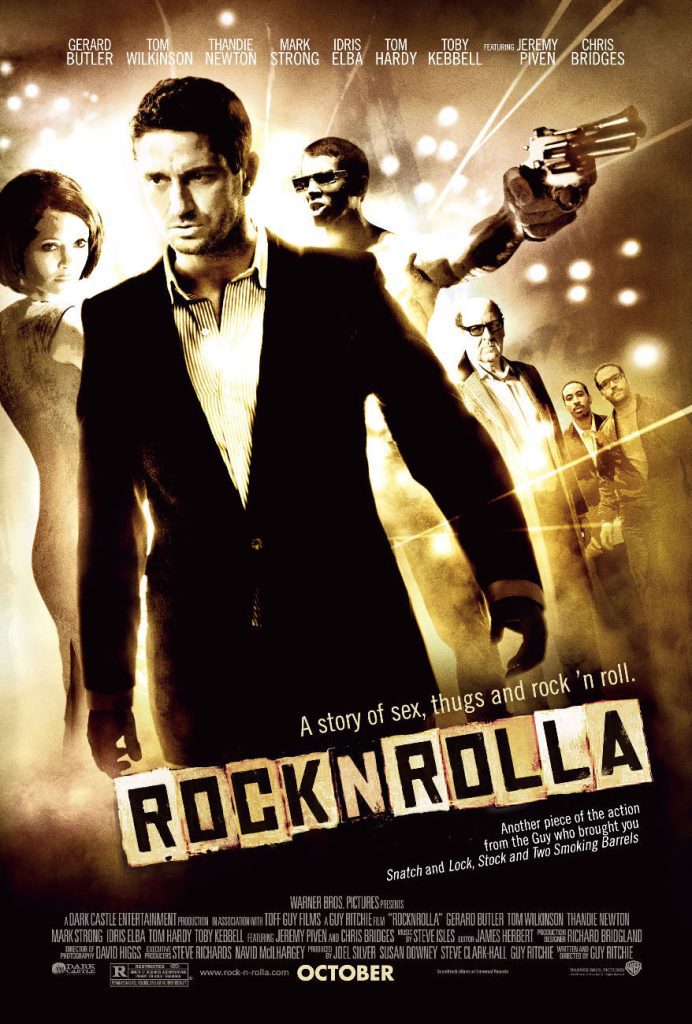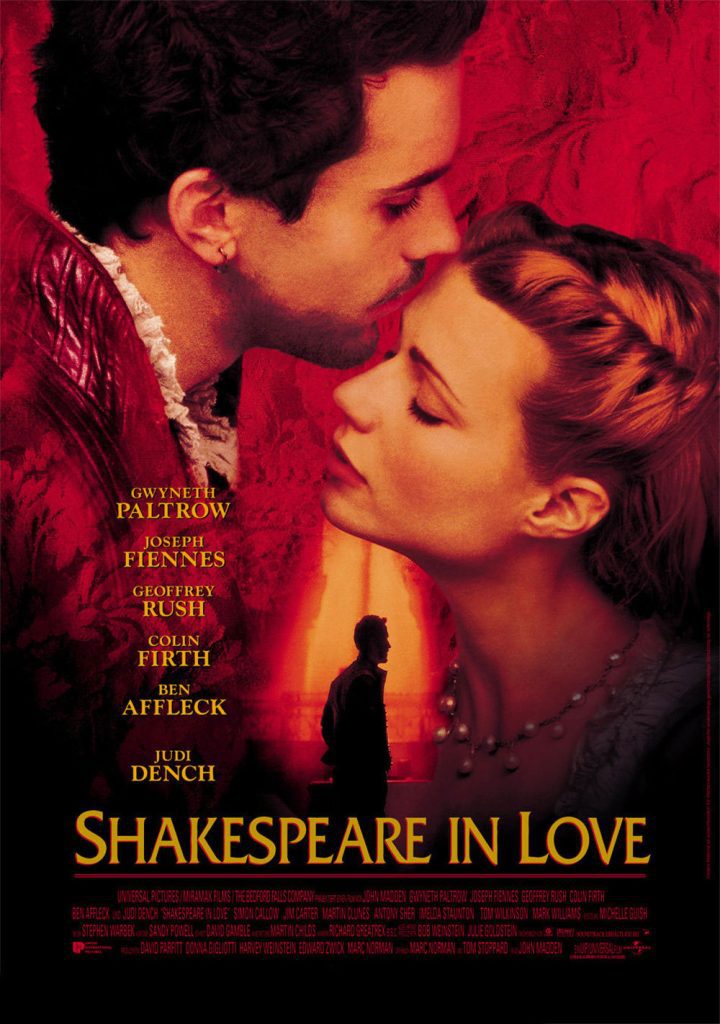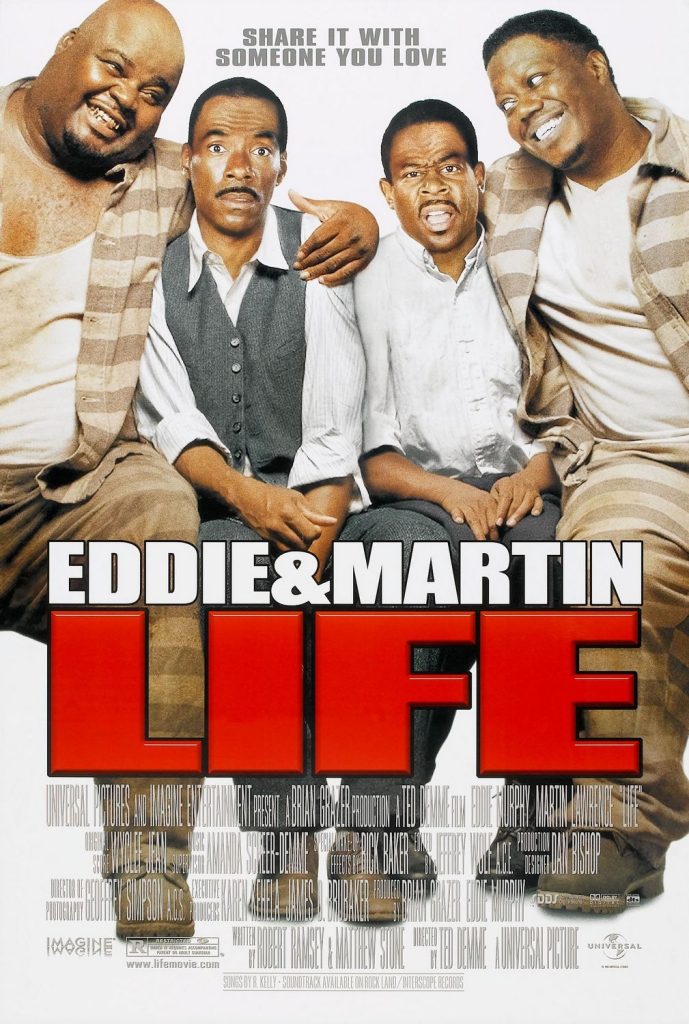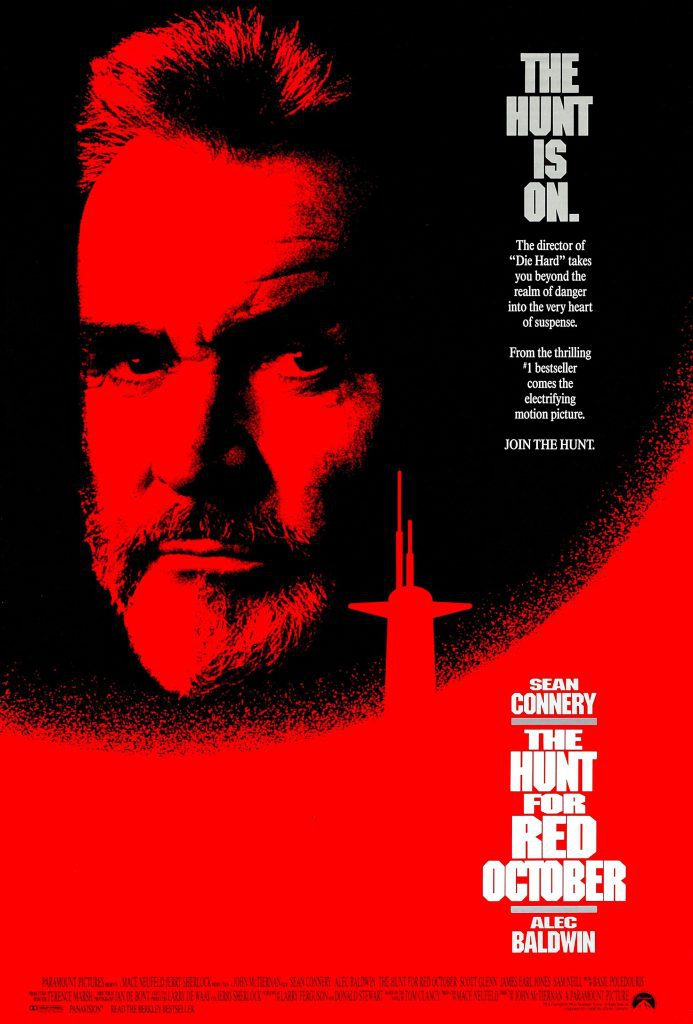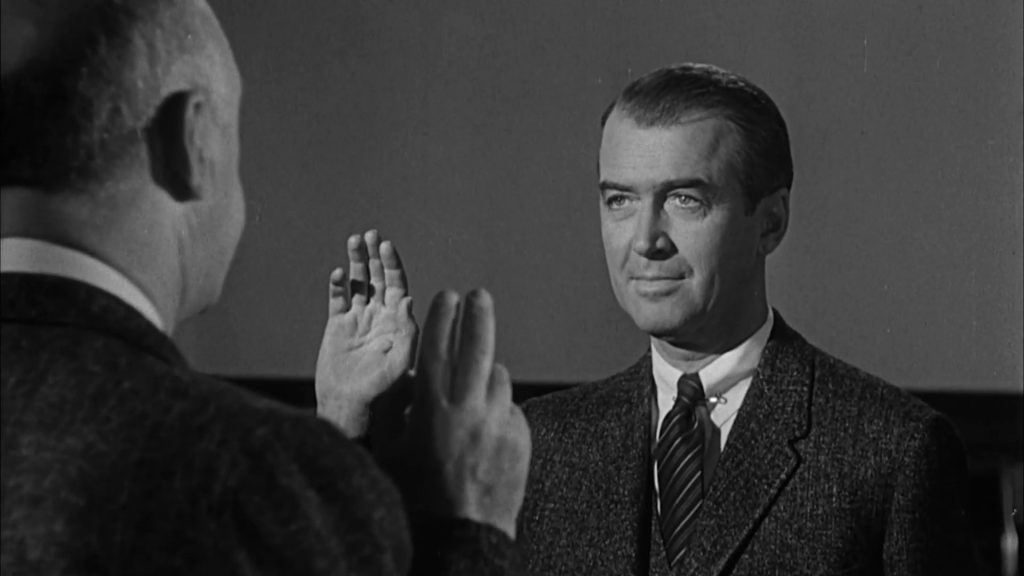
Under the pen name of Robert Traver, Justice of the Michigan Supreme Court John Voelker wrote “Anatomy of a Murder,” a novel based on a 1952 real-life slaying in a small town north of Marquette, Michigan. The book was published in 1957 and after some legal wrangling, screen rights were acquired by Columbia late in 1958. Filming, under the direction of Otto Preminger, was completed the following May. The resulting film, Anatomy of a Murder, was one of the successes of 1959, both financially and artistically. Previously available on LD in a reasonable transfer, Columbia has now brought Anatomy of a Murder to DVD as part of its Columbia Classics series. Previous titles in the series have demonstrated a high standard of care in dealing with classic films and this latest one is no exception.
Anatomy of a Murder focuses on the trial of Frederick Manion (played by Ben Gazzara), an army lieutenant accused of killing a bartender who allegedly raped his wife, Laura (Lee Remick). Manion is defended by small-town Michigan lawyer Paul Biegler (James Stewart). The prosecution is handled by local attorney Mitch Lodwick (Brooks West) and an assistant D.A. from Lansing, Claude Dancer (George C. Scott). The case seems to be fairly open-and-shut since there is no doubt that Manion did the killing. At issue, however, is the question of what defense there might be for his having done it. Lawyer Biegler decides to take the tack of “irresistible impulse” as rationale for the killing. Complicating the situation is Laura’s rather loose reputation coupled with Manion’s penchant for violence and possessiveness.
Almost everything about Anatomy of a Murder is right from the direction to the cast to the music to the location work. The film is a long one at almost 2 3/4 hours with much of it set in a courtroom, but one is virtually unaware of time passing as the battle of wits between Stewart and Scott proceeds.
Director Otto Preminger (one of the first notable independent producer-directors) chose to film entirely on location in northern Michigan, using the Marquette courtroom as his principal set and many local people to fill the courtroom as spectators and as jury members. Preminger completed shooting in two months and the finished product was fully characteristic of the Preminger style: direction unobtrusive in nature, long takes, simple and fluid camera movements, and natural yet careful camera framings. The subject matter of Anatomy of a Murder was also typical of a Preminger film. That is to say, it focused on a controversial (for the time) topic in a direct, frank way that most other producers or studios tended to avoid. In this case, it was rape. Other examples include homosexuality in Advise and Consent (1962, Columbia) and criticism of the military in The Court Martial of Billy Mitchell (1955, WB).
James Stewart is the main star of Anatomy of a Murder and the part of the small-town lawyer fits him like a glove. He brought passion and forcefulness to his playing of Paul Biegler, while his characteristic everyman persona worked perfectly with Biegler’s idiosyncrasies such as fishing instead of looking for clients and noodling on the piano. Stewart’s performance was a fitting conclusion to a decade that had seen him grow substantially as an actor, with acclaimed work with Anthony Mann and Alfred Hitchcock. He received Best Actor honours from both the New York Film Critics and Venice Film Festival for Anatomy of a Murder, as well as an Academy Award nomination. Stewart’s Biegler character has sometimes been cited as the inspiration for his casting as small-town, West Virginia lawyer Billy Jim Hawkins in the 1973-74 TV series “Hawkins.” (See this week’s Precedents Column for more detail on Stewart’s career.)
The other real joy of Anatomy of a Murder is George C. Scott’s performance. Just watching his facial reactions as he listens to Stewart questioning witnesses provides a lesson in acting in itself. The exchanges between Scott and Stewart are mesmerizing; such is the intensity of the interchanges between their characters and the skill with which they are portrayed. Scott was still early in his career at this point, but one can already see the mannerisms and experience the flashing, commanding eyes that would be such a part of Scott’s crowning achievement in Patton 11 years later, the finest acting achievement that I have seen in films.
The other aspect of Anatomy of a Murder that bears special mention is the jazz score by Duke Ellington. It provides a wonderful counterpoint to the film, both in tempo and in sense of location. We first experience it during the opening credits and initial scenes and it immediately dates the film for us. You could start to watch the film for the first time with your eyes closed and the music would tell you right away that you were watching something from the ’50s. There is also a very welcome appearance of Ellington in a short musical sequence about a third of the way into the film in which Ellington and Stewart are sitting at the same piano playing together. (In South Africa, the film was actually banned because of the inclusion of this scene.)
Columbia has done a wonderful job with its DVD of Anatomy of a Murder. The black and white presentation full frame in keeping with the director’s original framing of the material is gorgeous looking. There is virtually no evidence of scratches or other imperfections on the source material. The image is sharp with deep blacks, clean whites and excellent shadow detail. The mono sound is clear and pleasing to the ear. Another of the disc’s pleasures is a most inventive theatrical trailer. It is presided over by Preminger who uses a court-like setting to introduce many of the film’s principals. It is interesting to notice the beat-up nature of the trailer, for it shows how the film could have looked had Columbia not gone the extra mile to ensure a top-notch film transfer. Trailers for two other Columbia courtroom-based films are also included.
There has been some controversy surrounding the framing of Anatomy of a Murder that Columbia chose to present on its DVD. Apparently, at the time of original release, the film was shown in some theaters matted to 1.85:1. Columbia, however, chose not to include such a matted version on its DVD, going instead with a full frame version only. Careful scrutiny of the film suggests clearly that Preminger framed his scenes throughout to be shown in the old Academy standard 1.37:1. Any matting to 1.85:1 would ruin the composition of many of the scenes. Thus, Columbia’s decision is the correct one. You are seeing the full image that Preminger intended. It seems likely that the instances of the film being shown at 1.85:1 originally were simply cases of theaters which had switched over to the then new standard and which simply didn’t bother to make a temporary switch back to accommodate a film like Anatomy of a Murder much like happens nowadays when older 1.37:1 films are revived in modern theaters without the theaters giving the films the respect of framing their projections correctly.
One might quibble with the level of supplementary material included on Columbia’s disc. There is no commentary track or retrospective making-of documentary included. There is, however, aside from Ben Gazzara, no one alive amongst the film’s principals to provide the insight needed to make such material really come alive. A film historian might have been engaged to provide such background, but Columbia chose not to go that route. They have, though, included a very nice montage of scenes from the film and on-the-set shots set to the film’s music.
This is more than worth the price of admission. You’ve got an engrossing, intelligent film and a superb-looking disc of it. Supplements are modest, but what’s there is different from the norm.
For more movies visit Soap2day.

